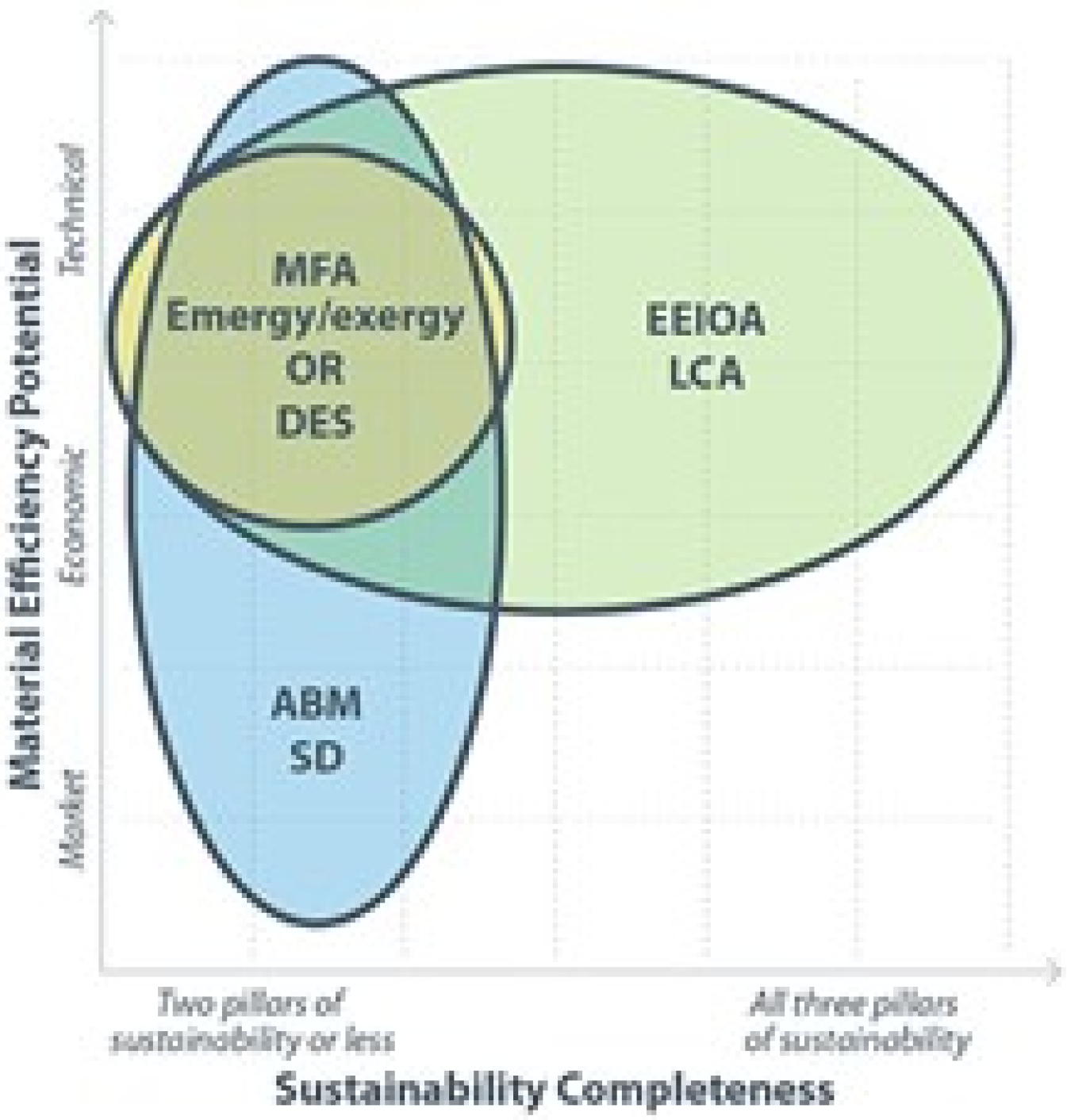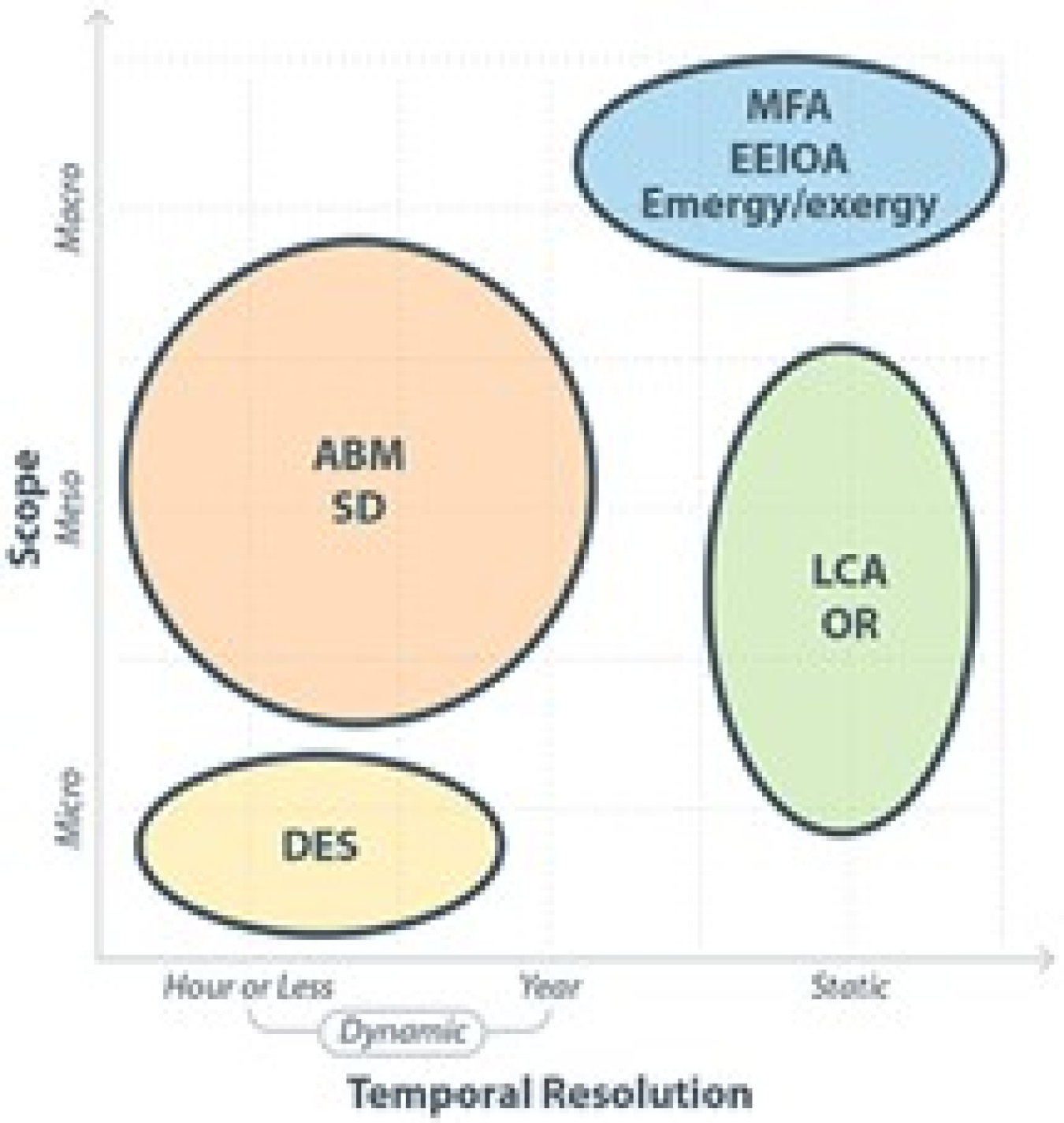

Do We Need a New Sustainability Assessment Method for the Circular Economy? A Critical Literature Review
Julien Walzberg1*, Geoffrey Lonca2, Rebecca J. Hanes1, Annika L. Eberle1, Alberta Carpenter1 and Garvin A. Heath1
1National Renewable Energy Laboratory, Golden, CO, United States
2Department of Management, école des Hautes Études Commerciales Montréal, Montréal, QC, Canada
The goal of the circular economy (CE) is to transition from today's take-make-waste linear pattern of production and consumption to a circular system in which the societal value of products, materials, and resources is maximized over time. Yet circularity in and of itself does not ensure social, economic, and environmental performance (i.e., sustainability). Sustainability of CE strategies needs to be measured against their linear counterparts to identify and avoid strategies that increase circularity yet lead to unintended externalities. While the proliferation of circularity metrics has received considerable attention, to-date, there is no critical review of the methods and combinations of methods that underlie those metrics and that specifically quantify sustainability impacts of circular strategies.
This review analyzes identified methods according to six criteria: temporal resolution, scope, data requirements, data granularity, capacity for measuring material efficiency potentials, and sustainability completeness. This review concludes by suggesting guidelines for selecting quantitative methods most appropriate to a particular research question and making the argument that while there are a variety of existing methods, additional research is needed to combine existing methods and develop a more holistic approach for assessing sustainability impacts of CE strategies.

